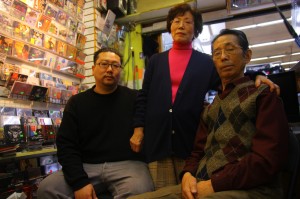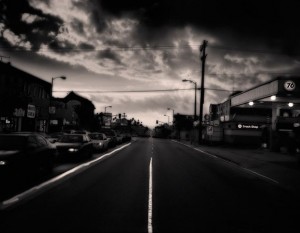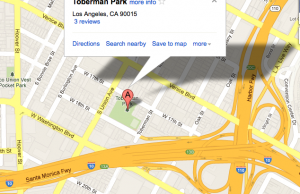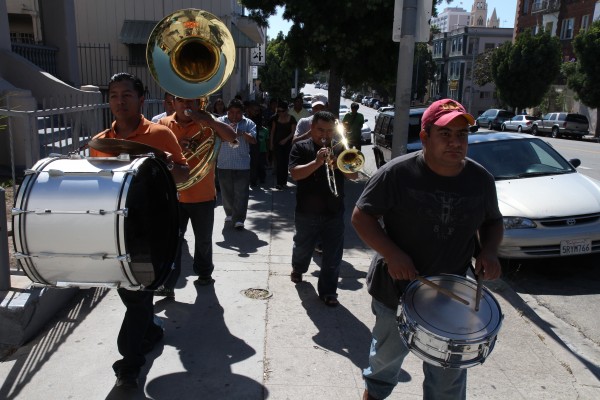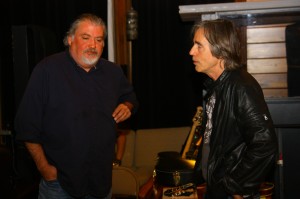
Stockton has filed for bankruptcy, making it the largest city in the country to do so.
It’s a sad day. It’s one of my favorite towns, a place I spent four years (1988-92) as the crime reporter for the Stockton Record. (Here’s the Record’s story, with a photo from my former colleague, Cal Romias, a great photographer.)
I learned an enormous amount in that job, and loved the realness of the place. I covered some of the worst atrocities humans can commit and still felt that the town had a soul that others lacked. Had the paper had a different owner (Gannett Corp.) at the time, I might have stayed.
Stockton had (has) great problems as a city, but it was confronting the issues of “multiculturalism” in real ways long before other cities who talked about the topic from a distance without facing its consequences.
It had, however, an almost Third World fatalism that I always found disturbing, that later city administrations apparently tried to overcome. It’s as if people, when I was there, felt the town was doomed to fail; failure and mediocrity were expected.
Some of the attempts to revitalize the downtown were in a larger sense attempts to get the city to see what it was capable of. They just overstretched, or did it poorly, not sure which.
I wrote a story about the town for the LAT of those attempts, six years ago, which now seems way off base, laughably so, given the headlines today.
At the time, though, the city seemed to be turning a corner in many ways that I thought were profound.
It was hard not to see the downtown, with its beautiful old brick buildings, as making leaps and bounds forward from what I’d known it to be, particularly at night: a depot for parolees, junkies, winos, and hookers, which seemed to prove all that Stocktonians felt about the town.
Gleason Park — in my day the most dangerous, forbidding park in the Central Valley — was gone. So were the dive hotels on El Dorado. The change was remarkable.
The waterfront was actually being used for what it should always have been used for — people enjoying it in the evenings and weekends. The Fox Theater was renovated.
I don’t know all that’s happened since then. But the attempts to change Stockton into a town with a belief in the future, however they were executed and paid for, seemed to me girded with optimism, making the bankruptcy all the sadder
Meanwhile, for a great local perspective, particularly about the accumulation of public-employee benefits over many years, read Mike Fitzgerald’s column in the Record. Mike is a friend and ex-colleague and one of the best columnists in California today, I think.

